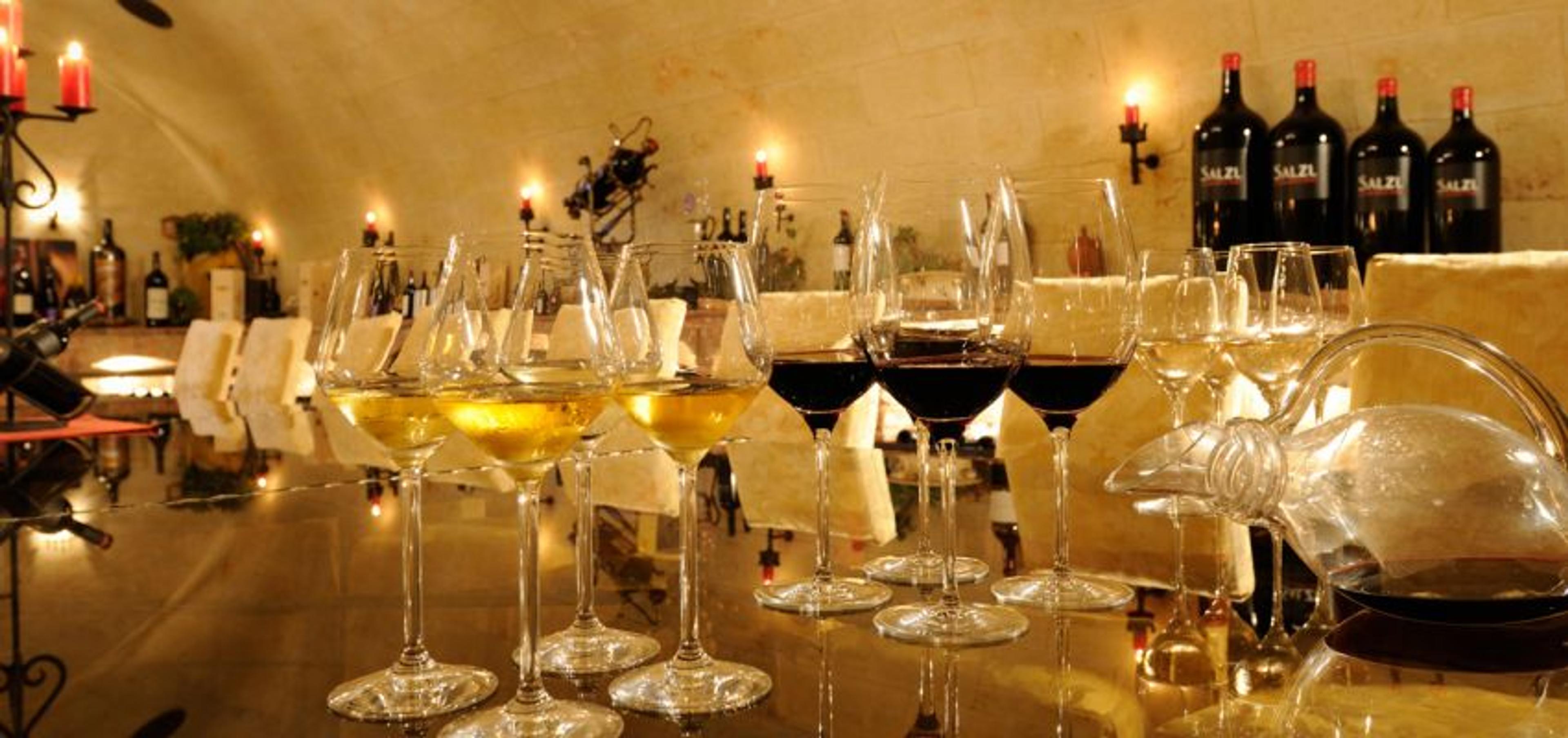As you may know #TeamCoco are a bunch of foodies, no matter where we are in the world, alongside our passion for travel and adventure, is a need for cuisine; whether that be street food, canapés or a seven course Michelin star taster menu. Yet, there is one thing that tends to go in hand with each meal… drinks. From coffee to champagne, the right drink can make or break the food you’re eating.
The main drink that trips us up however is wine. Whether you’re in a bar, restaurant or fancy establishment, you are normally presented with a glass of the wine in which you are expected to commence the see, swill, smell and sample routine. For a while we had no idea what we were actually doing and if you’re thinking ‘I literally have no idea what I’m meant to do’ then keep on reading! As to master this little trick has widened our horizons and has totally changed our perspective on wine and our palette!
The traditional explanation of this routine is that you are tasting the wine to make sure it’s not corked, which is odd nowadays as this rarely occurs and also seems a bit pointless if the bottle doesn’t even have a cork… Originally the ‘head’ of the table tasted the wine to prove that it is safe to drink, which is why the person buying the wine is usually presented it first.

So with these two points essentially being null, why do we still go through this little ritual? Well its all part of the experience. Swirling the glass draws oxygen into the glass and aerates the wine, enhancing the scent. Smelling the wine allows you to draw on certain ingredients within the wine which will essentially intensify the flavour.
Swirling the glass also makes the wine slosh around, leaving residue on the sides of the glass, this is because the wine is evaporating. It’s at this point people utter phrase ‘it’s got good legs’ which for us was a moment where we would just nod and agree.
The legs of are the droplets left on the side of the glass after you have swirled the wine. The legs often indicate two things; alcohol content and sweetness. The more droplets the higher the alcohol content, which often results in a warmer sensation in your throat after drinking. The slower the droplets drip down the glass, the sweeter the wine.
After these little assessments is when you take the first sip, simply take a sip, open your mouth slightly and let the wine rest in your mouth for a few seconds to let it oxidise and release its aromas and flavour before closing your mouth. This is your chance to speak up and let them know if the wine is not to your taste, is faulty or has been corked, if you leave it until you’ve drank half your glass, the waiter/sommelier won’t take you seriously. If you think it’s great then let them know and drink up!

These few tips are just the tip of the iceberg when it comes to wine tasting so if you truly want to be a wine connoisseur, then we definitely recommend booking a wine tasting session!
If you’re lucky enough to escape for some winter sun, you are bound to find family vineyards, authentic wineries and more! If not then although the UK may not be the first place that comes to mind for a wine tasting but the cold winter months can be the perfect time to discover a new hobby and finally master the art of wine tasting.


Comments are closed.